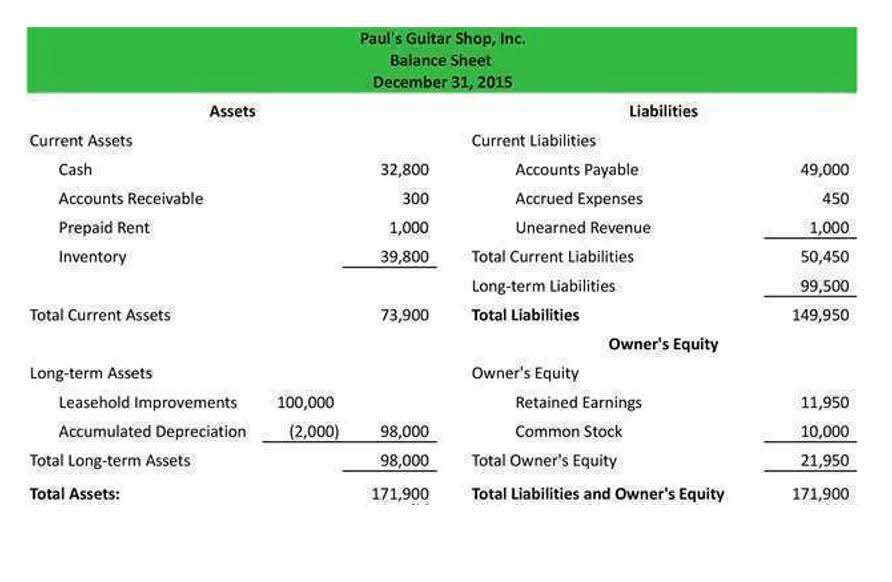Encumbrance Accounting

Encumbrance accounting is also referred to as commitment accounting, which involves setting aside money ahead of time to meet anticipated expenses. The amount is set aside by recording a reserve for encumbrance account in the general ledger. This is to ensure that the organization has sufficient funds to meet anticipated payment obligations. https://www.bookstime.com/ In accounting, an encumbrance is an open commitment to pay for goods or services ahead of the actual purchase. In other words, the purchasing company makes a promise to pay before the expense is incurred. Encumbrances are also known as pre-expenditures since they act as budgeted reserve funds before the actual expenditure.
- As a result, organizations can track their expenditures against the allocated budget more effectively.
- This helps improve transparency between departments and ensures every penny has been accounted for with a purchase.
- This allows for better expenditure control and prevents overspending, ultimately leading to improved financial stability.
- By the end of this article, you will have a solid understanding of encumbrance accounting and how it contributes to efficient financial management.
- Manual encumbrance lines are made on the general ledger, most commonly after a purchase requisition process.
- Encumbrance accounting helps companies track their budget and catch overspending in any category.
- By recording and adjusting encumbrances, organizations can effectively manage their budgets, track actual expenses, and ensure financial accountability.
This transparency promotes accountability, as leaders are held fully responsible for managing resources efficiently. Presenting committed funds in financial statements provides a more complete picture of both current and anticipated financial responsibilities. We saved more than $1 million on our spend in the first year and just recently identified an opportunity to save about $10,000 every month on recurring expenses with Planergy. Are you interested in finding out more about how automation can empower your team and increase your visibility and expenditure control?
How often should encumbrances be monitored?
Lastly, the future of encumbrance accounting is likely to involve the integration of encumbrance data with other financial management systems. By combining encumbrance accounting with budgeting, forecasting, and reporting tools, organizations can gain a holistic view of their finances and make more strategic decisions. Integrated systems can automate data flow between different modules, reducing the risk of errors and providing a seamless user experience.

The encumbrance concept is also used in real estate, where it is a claim against a property. It is difficult to transfer an encumbered property, so the property owner has a strong incentive to settle the underlying claim. An encumbrance can also restrict the uses to which property can be put, such as zoning laws that encumbrance accounting limit the types of construction on a plot of land. You can execute year-end carry forward a number of times for different ranges of accounts and different encumbrance types. You can generate a preview report to see the effects of a year-end carry forward before you actually initiate the carry forward process.
Increased transparency
The following figure shows the encumbrance accounting process with the budgetary control flag enabled. Encumbrances should be monitored regularly to ensure accurate tracking of financial commitments. It is recommended to review and update encumbrances on a monthly or quarterly basis. This involves updating the encumbrance amounts as commitments are fulfilled or modified.
